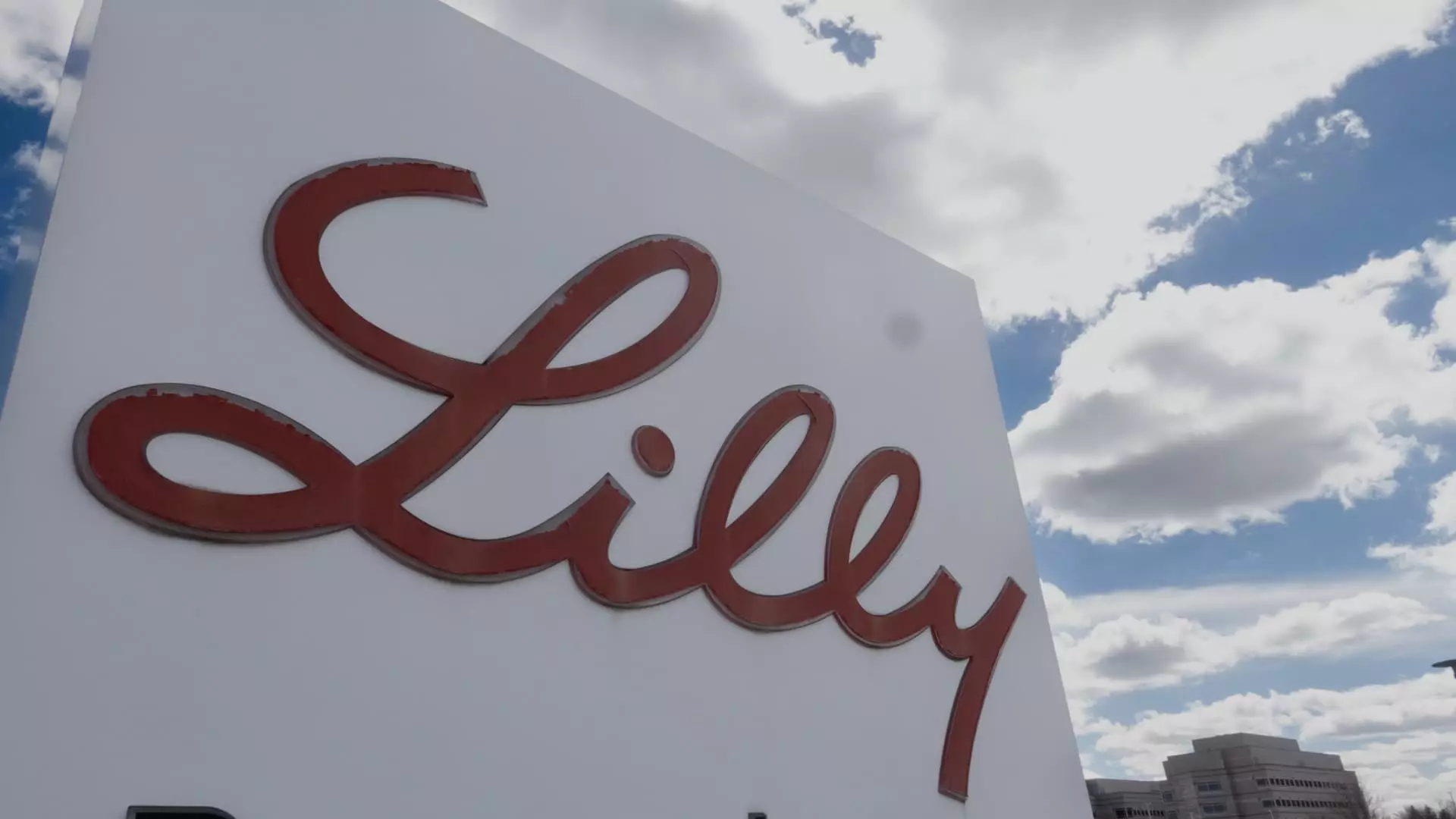Eli Lilly & Co., a giant in the pharmaceutical sector, has recently made headlines with its monumental decision to allocate $4.5 billion towards establishing the Lilly Medicine Foundry. This ambitious project is geared towards transforming the landscape of drug manufacturing, focusing on the development of innovative manufacturing methodologies. Intended to streamline efficiency, the facility is a significant step towards enhancing the way medicines are produced, particularly following the company’s burgeoning success with weight management drugs like Mounjaro and Zepbound.
The Lilly Medicine Foundry is designed with a dual purpose in mind: it will not only be a hub for the research of cutting-edge manufacturing techniques but will also serve as a production unit for drugs that are moving into clinical trials. This innovative approach is a first in the industry, creating a seamless bridge from laboratory research to mass drug production. In an insightful interview, CEO David Ricks articulated the vision of the foundry. The aim is clear: facilitate the transformation of therapeutic molecules, developed in research labs, into pharmaceuticals available at pharmacies, thereby expediting the entire drug development process.
A Vision for the Future
Slated to open in late 2027, the foundry will be strategically located adjacent to a $9 billion manufacturing facility that focuses on essential pharmaceutical ingredients, including tirzepatide—the active compound in both Mounjaro and Zepbound. This pairing of facilities in Lebanon, Indiana, underscores a concentrated investment in manufacturing capability, reflecting Lilly’s commitment to ensuring that its innovations lead to enhanced healthcare solutions, especially in the context of an already competitive market.
Lilly’s recent investments are intricately linked to the remarkable commercial success of its GLP-1 weight management drugs. Mounjaro and Zepbound are projected to generate a staggering $50 billion in revenue by 2028, nearly doubling the company’s total revenue from 2022. Such financial performance not only provides Lilly with the freedom to invest significantly into innovative approaches but also fosters an environment of urgency to expand its portfolio of medicines. With this momentum, Lilly is looking beyond its current products and seeks novel avenues for development concerning Alzheimer’s disease and other neurological disorders like ALS.
According to Chief Scientific Officer Dr. Dan Skovronsky, the opportunities in healthcare are abundant and often overlooked. This ethos is reflected in Lilly’s strategy, which emphasizes staying ahead of the curve in research and development, especially within the realms of neuroscience. With a solid foundation established through its historical products in mental health, like Prozac and its more recent Alzheimer’s medication, Kisunla, Lilly is determined to address significant unmet medical needs in neuropsychology. Ricks acknowledges the pressing requirements in areas such as addiction and mental health, highlighting the importance of sustained investment in these fields.
Diverse Approaches to Obesity Treatment
While Lilly is committed to exploring new therapeutic areas, it also remains fully engaged in obesity treatment. Ricks notes that a singular drug is insufficient to address the myriad challenges presented by obesity, prompting the company to develop an extensive pipeline of 11 distinct obesity medications, each with unique action mechanisms. These include two promising candidates currently undergoing Phase 3 clinical trials: an oral medication known as orforglipron and an injectable drug called retatrutide. Such an expansive approach allows Lilly to cater to varying patient needs and explore innovative delivery methods.
Should Lilly’s strategies and investments bear fruit, the company is well-positioned to potentially become the first trillion-dollar healthcare entity. Its stock has surged nearly 65% within the past year, positioning the company with a significant market capitalization of around $840 billion. However, Ricks downplays the significance of merely reaching the trillion-dollar milestone, suggesting that the focus should remain on creating value through impactful healthcare solutions. His perspective is clear: the ultimate aim is to deliver valuable contributions to human health, and success will naturally follow.
Eli Lilly’s significant investment in the Lilly Medicine Foundry represents a transformative leap into the future of drug manufacturing. By integrating research and production, Lilly is redefining how therapeutic developments transition from concept to clinic. With a robust pipeline and a strategic focus on both current successes and future opportunities, Eli Lilly is poised not only to thrive in a competitive market but also to pave the way for innovative healthcare solutions that could reshape the landscape of medicine. Through this proactive approach, Lilly exemplifies the importance of building for tomorrow while addressing the pressing medical needs of today.

